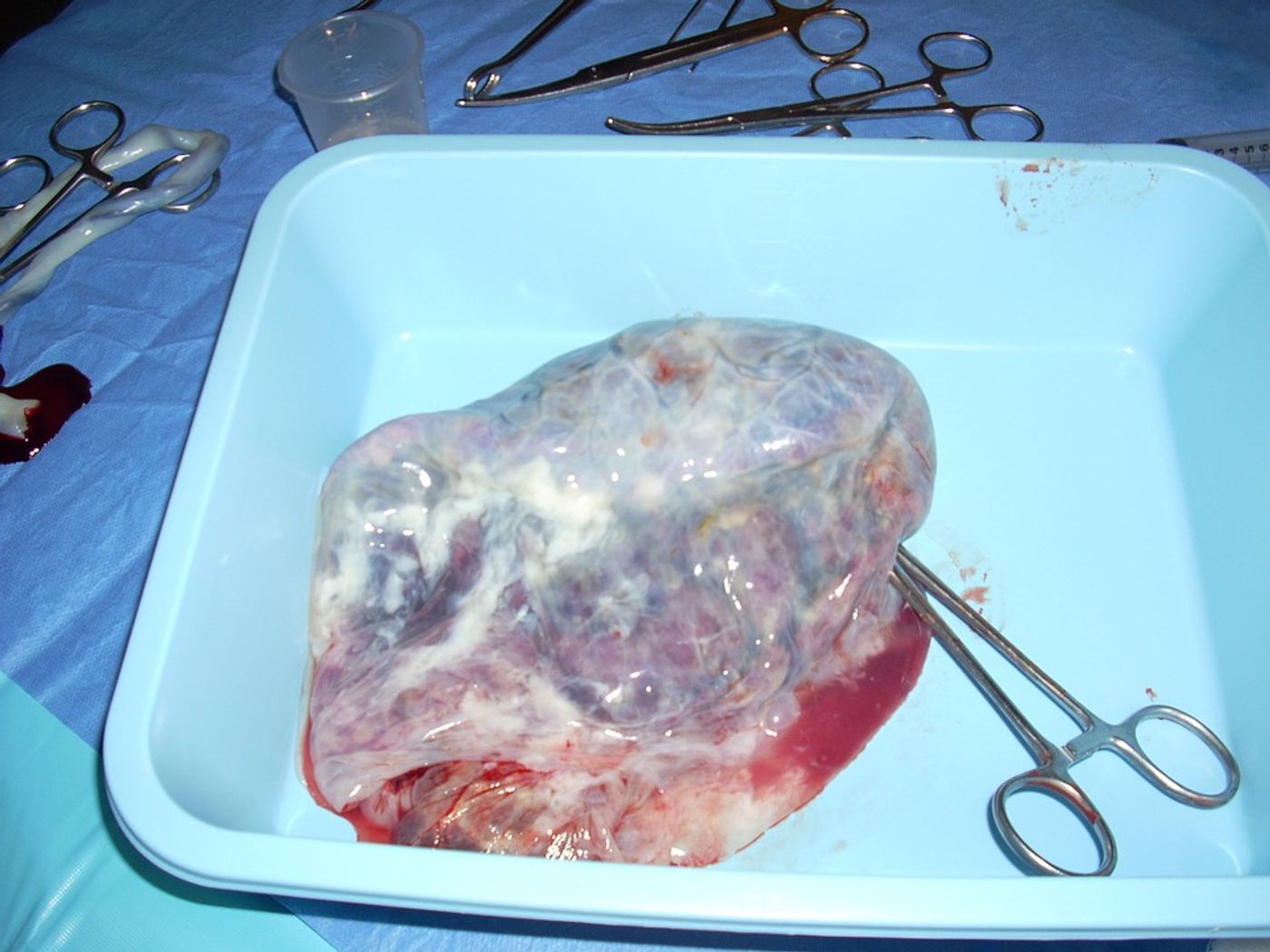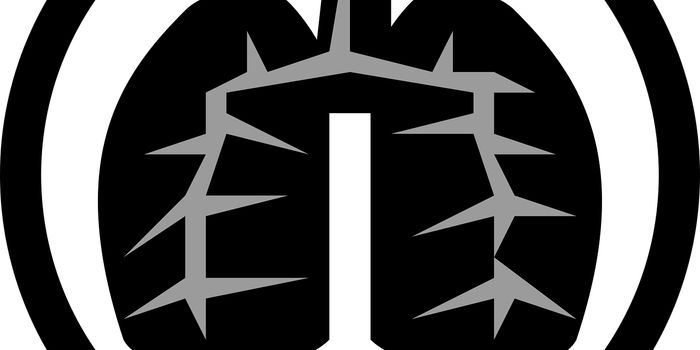Placenta structure resembles that of tumors
Research published yesterday in the journal Nature provides further insight into how the placenta differs from other human organs. Led by scientists from the Wellcome Sanger Institute and the University of Cambridge, the study points toward the ways that the structure of the placenta is similar to tumor structures, signaling a noteworthy parallel between placenta formation and the development of cancer.
Senior author of the study, Professor Steve Charnock-Jones from the University of Cambridge, stated: "Our study confirms for the first time that the placenta is organized differently to every other human organ, and in fact resembles a patchwork of tumors. The rates and patterns of genetic mutations were also incredibly high compared to other healthy human tissues."
This is the first study to conduct a genomic analysis on the human placenta using whole-genome sequencing to look at its structure. The team analyzed the genomes of 86 biopsies and 106 microdissections from 42 placentas, finding that each biopsy was a genetically distinct clonal expansion originating from one cell, similar to the way that cancer divides. In addition to these findings regarding the genomic structures in the samples, the researchers also discovered a high number of specific mutations that are common to childhood cancers like neuroblastoma and rhabdomyosarcoma.
This last finding provides further evidence to the theory that the placenta is capable of tolerating significant genetic mutations that would otherwise have malignant outcomes in the fetus. Professor Gordon Smith, also a senior author of the study from the University of Cambridge, commented:
"It was fascinating to observe how such a serious genetic flaw as a chromosomal copy number error was ironed out by the baby but not by the placenta. This error would have been present in the fertilized egg. Yet derivative cell populations, and most importantly those that went on to form the child, had the correct number of copies of chromosome 10, whereas parts of the placenta failed to make this correction. The placenta also provided a clue that the baby had inherited both copies of the chromosome from one parent, which can itself be associated with problems."
The team intends to continue their research into this area of study with larger sample sizes to gain even more insight into the links between genetic aberrations in the placenta and birth outcomes. Senior author Dr. Sam Behjati, of the Wellcome Sanger Institute, concluded: "The placenta is akin to the 'wild west' of the human genome, completely different in its structure from any other healthy human tissue. It helps to protect us from flaws in our genetic code, but equally there remains a high burden of disease associated with the placenta. Our findings provide a rationale for studying the association between genetic aberrations in the placenta and birth outcomes at the high resolution we deployed and at massive scale."
Sources: Nature, Eureka Alert









